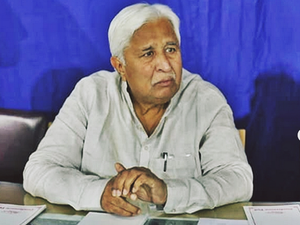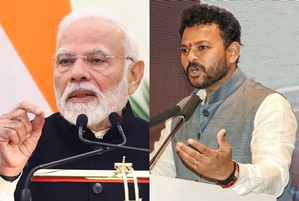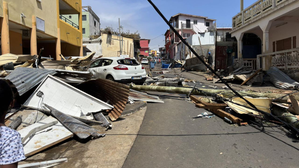
Suva, March 31 (IANS) A total of 3,671 dengue cases have been reported in Fiji from January 1 to March 9 this year, with three confirmed dengue fever deaths.
The Western Division, where the outbreak was declared early last month, continues to lead the trend, with 2,077 laboratory-confirmed cases, the Fiji Broadcasting Corporation reported on Monday.
There have been more than 950 dengue hospital admissions so far this year, with more cases expected as health facilities continue to report new cases, the report said.
Cases of dengue fever are expected every year in Fiji during the rainy season, from October to April, and after heavy, unfavorable weather events.
The Health Ministry continues to urge the public to learn about dengue fever, take precautions to prevent infection, and seek medical attention early if they develop symptoms, Xinhua news agency reported.
According to the World Health Organisation, dengue is a mosquito-borne viral infection common in warm, tropical climates. It is caused by any one of four closely related dengue viruses (called serotypes), which can lead to a broad spectrum of symptoms, including some that are extremely mild (unnoticeable) to those who may require medical intervention and hospitalisation. In severe cases, fatalities can occur. There is no treatment for the infection itself, but the symptoms that a patient experiences can be managed.
In 2023, the WHO graded dengue as a Grade 3 emergency after outbreaks increased in several countries. Dengue epidemics tend to have seasonal patterns, with transmission often peaking during and after rainy seasons. Several factors contribute to this increase, including high mosquito population levels, susceptibility to circulating serotypes, favourable air temperatures, precipitation and humidity, all of which affect the reproduction and feeding patterns of mosquito populations, as well as the dengue virus incubation period.
Unplanned urbanisation and climatic factors such as heat waves and high temperatures have increased the intensity, frequency, duration and distribution of dengue in recent years. Lack of sustained surveillance and control interventions, as well as staff shortage, are some of the other challenges. The absence of an integrated programmatic approach continues to affect countries.
–IANS
int/jk/vd











